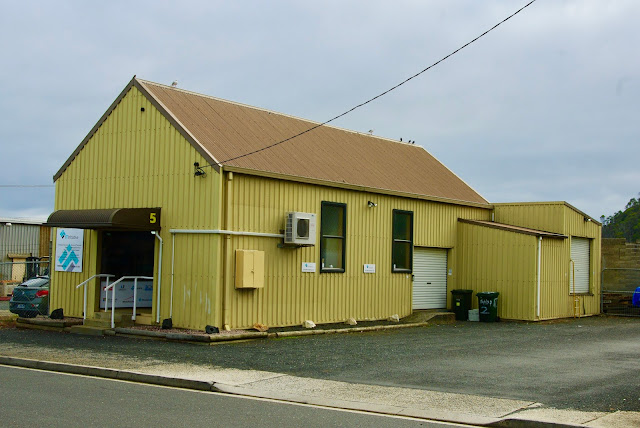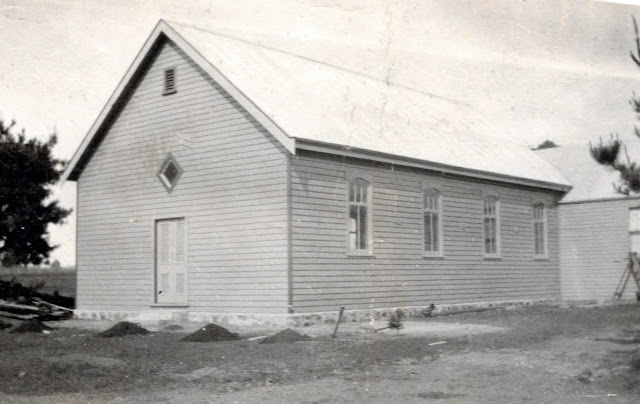No. 869 - Stanley - The Former Wesleyan Methodist Chapel (1873 - c.1900)

Stanley is a classified historic town on the northwest coast approximately 80 kilometres west of Burnie. The Van Diemen's Land Company once had its headquarters in the area which was originally known as Circular Head. It was later named after Lord Stanley, the Secretary of State for the Colonies, who went on to serve three terms as British Prime Minister. Stanley’s former Wesleyan Methodist Church is now used as a church hall and it situated alongside St James Presbyterian church on Fletcher Street. The first Methodist services held at Circular Head were held in 1862 by Reverend Cook. Thereafter Reverend Hayward preached once a quarter. The Wesleyan’s had an arrangement with the Primitive Methodists where the latter would concentrate on the Penguin district while the Wesleyans would serve Circular Head. In the early years the Methodists used St James Presbyterian church (opened 1855) until they built their own church in 1873. A site was purchased next to the Presbyterian church ...









